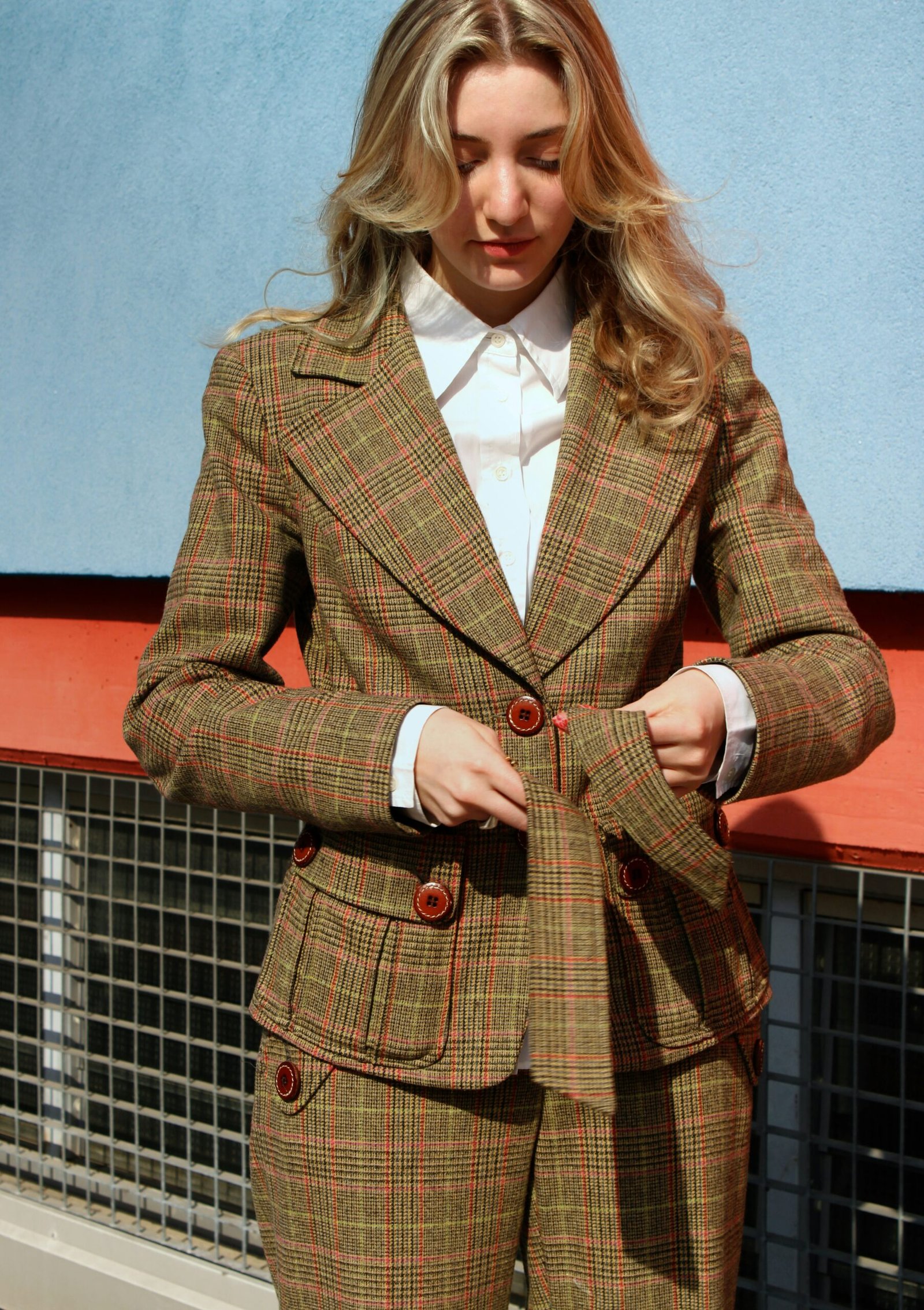Understanding the Basics of Sports and Functional Clothing
The design of sports and functional clothing is a specialized field that goes beyond traditional fashion, focusing on specific requirements and characteristics that cater to rigorous physical activities. Key considerations in this domain include material selection, comfort, durability, and ergonomics. Sportswear is created with the athlete in mind, requiring meticulous attention to detail to ensure optimal performance and support.
Material selection is crucial, as the fabrics used must be breathable, moisture-wicking, and lightweight to promote ease of movement and manage perspiration effectively. Advanced materials such as polyester, nylon, and elastane blends often replace conventional fabrics, enabling better functionality and responsiveness. These fabrics also contribute significantly to the durability of sportswear, ensuring that the clothing can withstand frequent use and harsh conditions without compromising its integrity.
Comfort is another fundamental aspect, which involves designing clothing that aligns with the body’s natural movements. Ergonomic design principles come into play here, ensuring that the garments fit well and move seamlessly with the wearer. This is often achieved through tailored cuts, strategic seam placements, and the use of stretchable fabrics that provide a snug yet flexible fit.
Durability is essential in sports clothing, as these garments are subject to intense wear and tear. High-quality stitching and reinforcement in critical areas, such as knees and elbows, are common practices to enhance longevity. Moreover, the use of anti-bacterial and anti-odor treatments helps maintain the hygiene and freshness of sportswear over multiple uses.
The evolution of sports and functional clothing design has been significantly influenced by technological advancements and changing consumer demands. Historically, sportswear was rudimentary, often merely adapted from everyday clothing. However, the 20th and 21st centuries have witnessed a transformation driven by innovations like moisture-wicking fabrics, compression technology, and smart textiles. As consumer awareness and expectations have grown, the focus has shifted towards creating high-performance gear that supports athletic prowess and promotes overall well-being.
In summary, sports and functional clothing design embodies a blend of science, technology, and fashion that prioritizes material excellence, ergonomic comfort, and robustness, continually adapting to the evolving needs of active individuals.
The Role of Technology in Modern Sportswear Design
The world of sportswear has undergone a remarkable transformation, thanks to significant technological advancements that have revolutionized design and functionality. Modern athletes demand apparel that not only meets the physical requirements of their sports but also provides an array of additional benefits to enhance performance. Central to this revolution are three critical technological innovations: moisture-wicking fabrics, anti-microbial treatments, and enhanced elasticity.
Moisture-wicking fabrics have become indispensable in sportswear design, focusing on keeping athletes dry by transporting sweat away from the skin to the fabric’s outer layer, where it can evaporate. Brands like Under Armour and Nike have spearheaded this movement, offering garments that significantly reduce discomfort and improve thermal regulation. Similarly, anti-microbial treatments in materials combat bacteria and unpleasant odors, enhancing hygiene and longevity in athletic clothing. Leading advancements in this area include Adidas’s use of Polygiene technology, which ensures garments remain fresh even after rigorous use.
Elasticity plays a crucial role in providing athletes with the necessary freedom of movement while ensuring support and durability. Elastane, often marketed under brand names like Lycra, has become a staple in sportswear, allowing clothes to stretch without losing shape. This enhanced elasticity caters perfectly to activities requiring extensive movement, such as gymnastics and yoga.
Moreover, the integration of smart textiles and wearable technology into sports apparel has opened new frontiers in performance monitoring and real-time data collection. Innovatively designed products now feature embedded sensors that track various physiological metrics, such as heart rate, muscle activity, and body temperature. For example, Hexoskin and Athos have developed smart clothing that not only monitors these parameters but also provides actionable insights for performance improvement and injury prevention.
Pioneering sportswear brands continually break new ground by combining traditional craftsmanship with modern technological advances, resulting in clothing that elevates athletic performance while offering superior comfort and functionality. As the industry continues to evolve, the synergy between technology and design promises exciting innovations that will push the boundaries of what athletes can achieve.
Designing for Performance and Activity-Specific Needs
In the realm of sports and functional clothing design, ensuring that garments align precisely with the unique requirements of various physical activities is paramount. The process starts with understanding the specific demands of each sport or exercise regimen. For instance, the requirements for running gear differ markedly from those for yoga apparel, due to the variations in movement, intensity, and environmental conditions.
Running apparel, for instance, places a heavy emphasis on breathability and moisture-wicking properties. Designers prioritize lightweight materials that keep the body cool and dry. Strategic ventilation zones and seamless construction help reduce chafing and enhance comfort over long distances. Additionally, incorporating reflective elements ensures visibility and safety during low-light conditions.
Cycling attire, on the other hand, demands a blend of aerodynamics and support. Form-fitting fabrics that reduce drag, alongside padded inserts in key areas, enhance both performance and comfort. The material must also manage perspiration effectively while protecting the skin from wind and sun exposure over extended rides.
Yoga clothing requires a focus on flexibility and range of motion. Here, designers select stretchy, soft fabrics that move with the body and allow for a full range of poses without restriction. Additionally, flatlock seams help prevent discomfort during long sessions on the mat, while high-waist designs ensure coverage and support through various movements.
For high-intensity interval training (HIIT), durability and support are crucial. Fabrics must endure the rigors of rapid, repetitive movements, often under intense conditions. Compression materials can provide muscle support and enhance circulation, while reinforced stitching increases the longevity of the garment. Moisture-wicking capabilities remain essential to maintain comfort as the intensity rises.
Thus, tailoring sports and functional clothing to the specific needs of different activities is integral to enhancing athletic performance. By carefully considering factors such as breathability, support, range of motion, and impact protection, designers are able to create specialized apparel that not only meets but exceeds the dynamic requirements of athletes across various disciplines.
The Future of Sports and Functional Clothing Design
As the realm of sports and functional clothing continues to evolve, several key trends are poised to redefine the industry. Prioritizing sustainability, brands are increasingly investing in eco-friendly materials and production methods. Innovations in fabric technology mean that recycled materials, organic cotton, and biodegradable fibers are becoming more prevalent. Manufacturers are adopting greener processes, such as water-efficient dyeing techniques and renewable energy sources, to minimize environmental impact.
Inclusivity is another significant factor shaping the future of sportswear design. Apparel companies are broadening their product lines to ensure they cater to a diverse range of body types, abilities, and genders. This shift towards more inclusive design means that all athletes, regardless of their physical characteristics, can access high-performance gear tailored to their individual needs. Adaptive clothing, which incorporates features like easy-access fastenings and sensory-friendly fabrics, is also gaining prominence.
Customization is transforming how sports and functional clothing is designed and manufactured. Advances in technology have enabled consumers to personalize their gear, from choosing colors and patterns to tailoring fits. Athletes can now obtain bespoke apparel that offers enhanced comfort, better performance, and a unique style statement. Customization options like on-demand 3D knitting and modular clothing systems are becoming increasingly accessible, allowing for greater consumer control over product design.
Emerging technologies such as artificial intelligence and 3D printing are set to further revolutionize the industry. AI can optimize design processes, predict trends, and personalize user experiences with precise recommendations. Meanwhile, 3D printing offers rapid prototyping and cost-effective production, enabling the creation of complex designs that would be impossible with traditional methods. These technologies not only enhance design precision but also significantly reduce waste, aligning with sustainable practices.
The future of sports and functional clothing design is bright, driven by continuous innovation and a commitment to sustainability, inclusivity, and customization. As these trends and technologies advance, consumers can expect ever-more sophisticated and environmentally responsible sportswear solutions tailored for optimal movement and performance.


